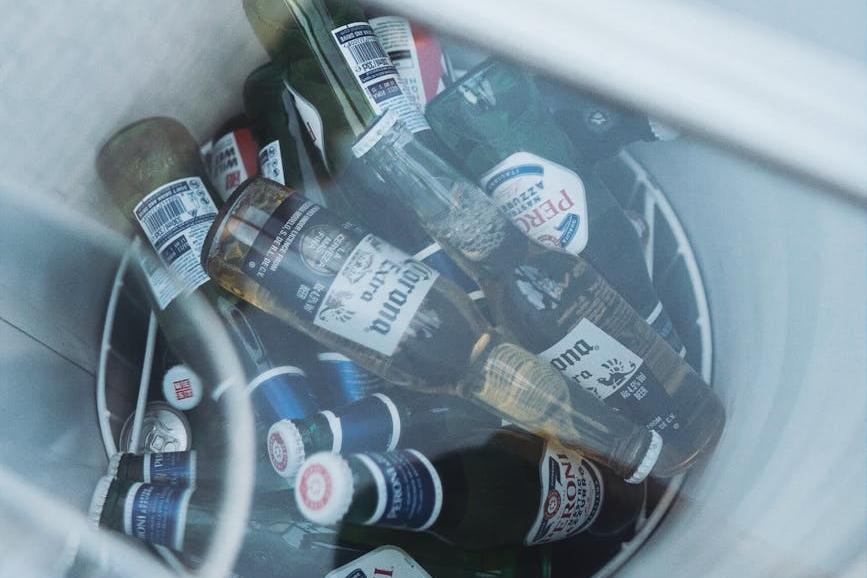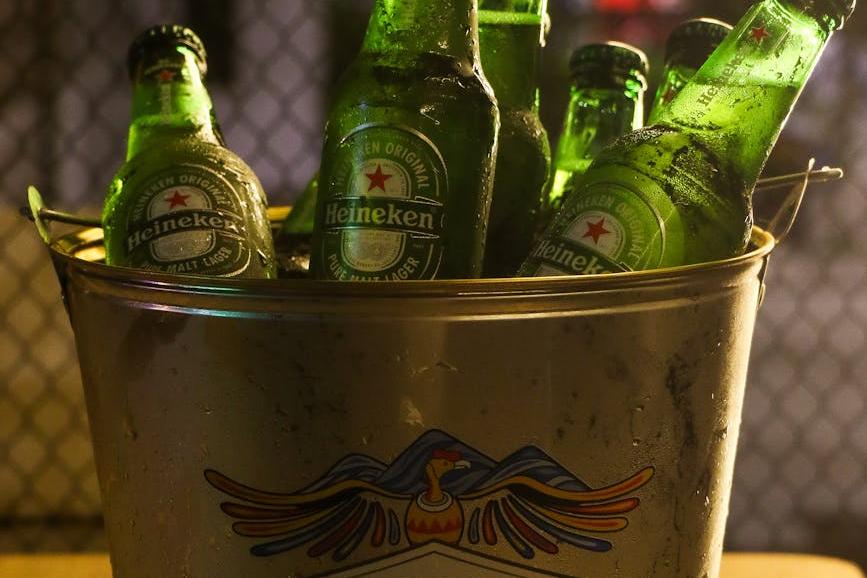- Shanghai Zhongshen International Trade Co., Ltd. - Two decades of trade agency expertise.
- Service Hotline: 139 1787 2118

When German Craft Beer Meets the Chinese Dining Table
The oak barrels stored in the Munich City Hall cellar tavern for 400 years still impart unique flavors to Hacker-Pschorr beer today. As a German national brand that has won DLG gold medals for five consecutive years, Hacker-PschorrsImport Representationis not just a commercial choice but also a cultural transfer project. As a professional with 20 years of experience in China-Europe trade, Ive found that 80% of importers have blind spots in the following three key areas.
Decoding German Beers ID Card
Unlike ordinary prepackaged foods, importing German beer requires crossing three certification thresholds:
- Reinheitsgebot certification: The Beer Purity Law enacted in 1516 remains effective today, requiring verification that the ingredient list contains only water, malt, and hops.
- IFS FOOD Version 7.0: The international food standard implemented from 2025 adds new cold chain traceability requirements.
- CNCA record conversion: GermanyIt is recommended to verify through the following methods:must include a bilingual alcohol content test report (Chinese-English) recognized by Chinese authorities.
Last year, an importer overlooked the new allergen labeling rules, resulting in a 2-million-yuan container being detained at Tianjin Port for 45 days—a lesson worth learning from.
The Hidden Algorithm of Tariff Policies
The 2025 China-EU Geographical Indications Agreement brings two impacts for Hacker-Pschorr beer:
| Project | Before adjustment | After adjustment |
|---|---|---|
| Agreement rates | 10% | 6.5% |
| . Regardless of which country you import into, proper preparation and communication in advance, as well as finding the right partners, can help you complete the import process more smoothly. | Single document | requires additional geographical indication record codes. |
We recommend adopting a three-document matching strategy: ensuring commercial invoices, original factory delivery notes,Maritime Transportationand bills of lading specify malt content data to two decimal places to effectively avoid customs classification disputes.
The Temperature Game in cold chain transportation
By comparing beer import data from 2023-2025, we found that professional cold chain solutions reduced cargo damage rates by 62%:
- Ocean shipping solution:
- Full-process temperature control at 4-8℃ (fluctuation ≤±1.5℃)
- 40-foot high cube container capacity: 18,000 cans (with pallets)
- Average transit time from Hamburg Port to Shanghai Port: 28 days
- Air TransportationSolution:
- Applicable to the first trial order
- Transportation costs increased by 3.2 times
- Achievable door-to-door delivery within 7 days
Those years we fell into the flavor trap
Last year, we handled a typical case: A batch of Pilsner-flavored beer showed obvious turbidity after customs clearance. Traceability revealed the issue stemmed from three temperature shocks during transportation:
- German factory loading encountered a cold wave (-5℃→10℃)
- Suez Canal section experienced 45℃ high temperature
- Shanghai Port inspection involved 3-hour refrigeration unit power failure
Finally passed throughSectional temperature recorderSuccessfully claimed insurance compensation with the data, this case proved the importance of full-process temperature monitoring.
Final remarks
From the brewing workshop in Düsseldorf to Chinese consumers glasses, every can of Hite beer requires quality protection across 11,000 km. In this market where craft beer imports grow 17% annually (Source: China Alcoholic Drinks Association 2025 Q1 Report), professionalforeign tradeservice providers should become cultural ferrymen, not just cargo movers. When you next raise that golden, clear beer, may you taste the malt aroma from the Elbe River and the bridge of trust built by international trade practitioners.
Related Recommendations
? 2025. All Rights Reserved. Shanghai ICP No. 2023007705-2  PSB Record: Shanghai No.31011502009912
PSB Record: Shanghai No.31011502009912









